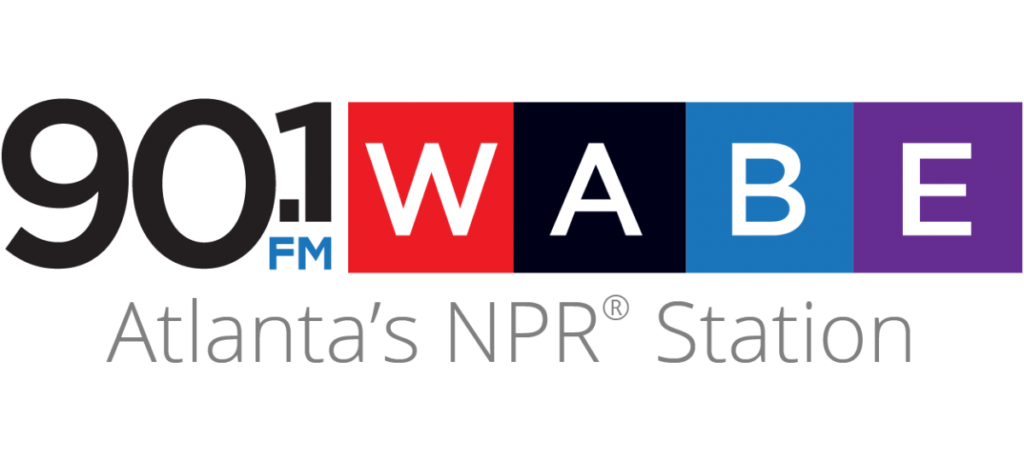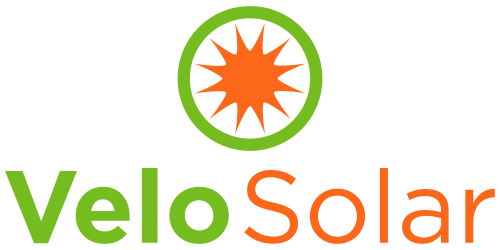The resurgence of manufacturing in America, much like energy policy, has been at the forefront of political debate in our last election season. Aside from having similar political clout, these industries have a lot more in common than meets the eye.
Solar energy has been on the rise in the United States since the early 2000’s and has become a significant part of our national energy mix. This rapid growth has been primarily due to state and federal subsidies, improved manufacturing economics (cheaper production) and innovative financial vehicles. The vast majority of early growth in the industry came from third-party owned residential and utility scale systems. These third-party ownership structures were pioneered by large solar developers such as Solar City, SunRun, Sun Edison and other West Coast developers with access to large pools of tax equity.
With all of this growth in the industry there is still one sector which is considered to be underserved, but with massive potential for solar adoption. That is commercial and industrial (C&I) rooftop solar. Many can speculate as to the reasons for this lagging market sector, but from Velo’s years of experience in dealing with C&I clients we can tell you that the clear majority of these businesses prefer to own their own solar assets as opposed to entering into a third-party ownership agreement which would yield lower energy savings, lock them into a long-term contract, complicate real-estate transactions, and forgo all tax attributes associated with owning their own array.
Solar is starting to see a shift from a third-party ownership dominated market to customer owned. There are two reasons for this transition.
- Solar has become cheaper due to improved manufacturing, competition in the marketplace and overall economies of scale. This has helped to shelter the solar industry from impending policy risk. In other words, unsubsidized solar can stand on its own two feet and remain an attractive investment regardless of clean energy policy claw-backs.
- As solar has matured as an industry, financial institutions have become more comfortable with the long-term viability and risks associated with solar as an asset class. Thus, there are more traditional and cheaper vehicles with which to finance customer-owned projects.
These conditions have made it possible for commercial and industrial customers to own their own assets with traditional financial vehicles while keeping cash flow positive and achieving long-term attractive returns for their business.
While this is great news for all C&I rooftop solar customers, there is one market segment which is best positioned to take advantage of these new conditions above all others. Manufacturing seems to be one of the most receptive market segments to rooftop solar integration. There are several reasons why manufacturers are such great rooftop solar candidates.
- Most manufacturers understand energy as a part of their supply chain. There is a consensus that all the costs along the supply chain are absorbed into your product and thus make you less competitive. In most manufacturing operations, you see entire teams dedicated to sustainability focus groups where they look for best practices, whether that’s in looking for LED solutions, HVAC upgrades, or more efficient operating equipment. In a world where US manufacturing is under more and more threat to cheaper overseas production, we are forced to become more innovative and explore all available efficiencies which can advance our products in today’s global market. Solar is a major efficiency which can help accomplish this.
- Manufacturers typically have the most suitable infrastructure to accommodate rooftop solar installs. This would include having a large flat rooftop which is clear of heavy machinery and is typically only single story. This allows for easier installations of larger arrays which can provide maximum energy production to offset the operation below.
- One of the unique features of solar manufacturers in Georgia is that they’re exempt from sales tax, which helps tremendously with returns on projects where other manufacturers might suffer. They receive a 30% federal tax credit on their first year of using solar and can take advantage of accelerated solar depreciation on a 5-year schedule. In Georgia, manufacturers can start seeing a return on investment in as little as two to four years. This trend in ROI has been rising consistently over recent years.
- Solar can improve a manufacturer’s load factor – this is basically a measurement of how often the facility hits their peak energy demand and for how long. For example – if the manufacturer powers up all of its equipment at the same time and has intermittent spikes in its usage, this can cause a poor load factor leading to a higher rate of electricity from the grid. Solar can help by “shaving” these peaks during the day to help normalize the facility’s energy usage, thus improving their load factor resulting in a more favorable retail energy rate over time.
- Solar can also improve a manufacturer’s power factor – this is basically a measure of the difference of energy provided from the grid vs actual energy used to perform work in the facility. Manufacturers are exposed to power factor issues because of electric motors in their equipment, which require an electromagnetic field to operate. This is known as an induction load and can lead to inefficiencies in a manufacturer’s power factor. A poor power factor usually leads to a higher rate of electricity and a more expensive bill. Solar has the ability to perform power factor correction by way of injecting a leading or lagging voltage into the facility during daytime production thus improving the retail energy rate over time.
In conclusion – The C&I solar rooftop market can be a tremendous asset to our manufacturing sector in this country as we continue to compete in a smarter global economy. Solar is an instrument with the potential to provide us with yet another competitive edge we can use to revitalize our manufacturing economy while advancing us towards energy independence. The cost of solar has gone down significantly because of better manufacturing of the solar equipment. It’s Velo Solar’s equipment costs that brings turnkey production costs down 70% in the last 10 years. For more information about how your company can get involved with going solar, please contact us to discuss your plans.


